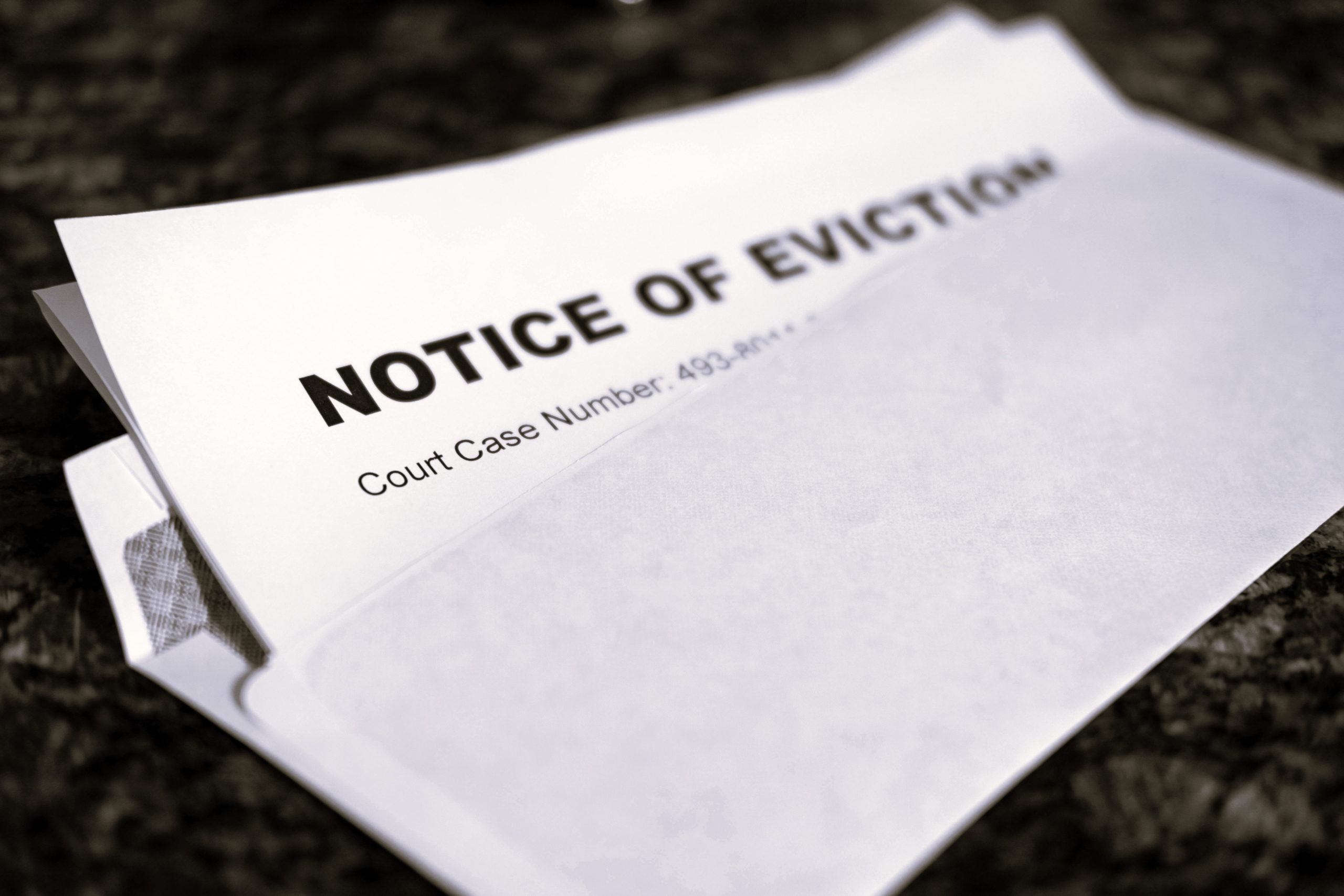Housing Rights as an Avenue to Environmental Protection: the ECtHR Continues its Efforts in SOLYANIK v. Russia
Lea Schubert (EVICT student researcher)
The European Court of Human Rights (herein ‘ECtHR’ and ‘the Court’) has a long tradition of adjudicating housing issues in the context of several human rights protected in the European Convention of Human Rights (herein ECHR). Examples of the provisions referred to in this regard include Articles 2, 3, 6, 8, 13, and 14 ECHR. This fragmentation of rights over several different ECHR provisions is also resembled in the Court´s recent jurisdiction on environmental issues.
Although the right to a clean environment does not exist under the ECHR, the Court has rules on cases involving the environment by making creative use of different ECHR rights
Although the right to a clean environment does not exist as such under the ECHR, the Court has ruled on cases involving the environment by making creative use of different ECHR rights, such as those protected in Articles 2, 6, 8, 10, and 13 ECHR. By referring to the same articles that inspire its jurisprudence on housing rights, the Court has thereby repeatedly combined issues of environmental protection with housing issues. An example of this approach can be observed in the recent case Solyanik v. Russia, in which the Court adjudicates on pollution in the context of the right to respect for private and family life and the home under article 8 ECHR.
Background of the case
The case concerned a Russian national, Vladimir Vladislavovich Solyanik, who owns a house and an adjacent area of land in Vladivostok, Russia. The land is located near a cemetery, which was closed in 1995 when its maximum capacity was reached. Despite the closure, burials continued to take place at the cemetery, leading the applicant to start court proceedings to prevent them. At several points before and during the proceedings, the soil of the applicant´s land and the water of his well (his only source of drinking water) were tested by forensic experts who found serious abnormalities in their chemical composition which could be traced back to the proximity of the cemetery. Furthermore, it was established during the domestic court proceedings that a sanitary protection zone should have been established after the expansion of the cemetery, as required by domestic law. Yet, this never took place. Despite taking note of this fact, the Regional Court refused the applicant´s request to put an end to the burials. After unsuccessful appeals before the Regional Court and the Supreme Court, the applicant brought the case before the ECtHR.
The decision of the Court
The applicant complained to the Court on the basis of his right to respect for his private and family life and his home under Article 8 ECHR.
He argued that the cemetery was polluting the soil of his land and his only source of drinking water and was therefore negatively affecting his homes and his and his family’s health.
He argued that the cemetery was polluting the soil of his land and his only source of drinking water and was therefore negatively affecting his home and his and his family´s health. Examining the existence of an interference, the Court restated its previous case law on environmental claims requiring the alleged interference to directly affect the applicant´s home or private and family life, and to be of a sufficient degree of seriousness.
Although there was no direct detrimental effect on the applicant’s health in this case, the Court rules that the burials negatively affected his home.
Although there was no direct detrimental effect on the applicant´s health in this case, the Court ruled that the burials negatively affected his home. It thereby relied on the fact that the cemetery had been expanded without the establishment of a sanitary protection zone and on the forensic reports testifying the environmental risks posed to his home. The Court therefore found an interference under Article 8.
The Court then continued to adjudicate on the merits of the case. It found that the authorities´continuation with the burials was not in compliance with domestic law as it violated both the decree ordering the closure of the cemetery and several health regulations concerning burials. The government´s argument that no violation had taken place since enforcement proceedings were pending at the domestic level was dismissed. By finding that the conduct was contrary to domestic law, the Court found it unnecessary to rule on the questions of whether there was a legitimate aim, and whether it was necessary in a democratic society. Therefore, the Court concluded that the applicant´s rights under Article 8 had been violated.
Continuing the effort to combine environmental issues and housing issues
While the conclusion reached by the Court seems straightforward due to the authorities’ failure to comply with national law, it reflects an interesting development in the Court´s adjudication on environmental claims.
By referring to the negative effect of the pollution on the applicant’s home to establish a violation of Article 8, the Court effectively combines environmental issues and housing issues.
By referring to the negative effect of the pollution on the applicant´s home to establish a violation of Article 8, the Court effectively combines environmental issues and housing issues. One interesting aspect in this regard is that the Court found an interference despite no actual damage having occurred to the applicant. The Court’s willingness to relax the threshold of a “sufficient degree of seriousness” usually required for an interference under Article 8 shows its commitment to using housing rights to adjudicate on environmental claims.
This trend is in line with the Court´s previous case law on environmental issues. In Solyanik v. Russia, the Court follows its recent judgement in Fadeya, the first environmental case involving Russia, which the Court also dealt with under Article 8. Similarly, the Court has frequently used this Article in the context of other environmental claims. By repeatedly using Article 8 to adjudicate on both housing and environmental issues, it seems to increasingly interpret the right to a home as including the right to a clean environment if the lack thereof affects the applicant´s standard of living. Solyanik v. Russia reflects the Court´s continuous commitment to a combined assessment of environmental and housing issues.
The judgement was given against the background of Russia´s leaving of the Council of Europe in March this year. According to the Resolution adopted by the Court on the consequences of this decision, this means that Russia will only be bound by the ECHR until September 2022, and the Court will not have jurisdiction over any claims after this point.





